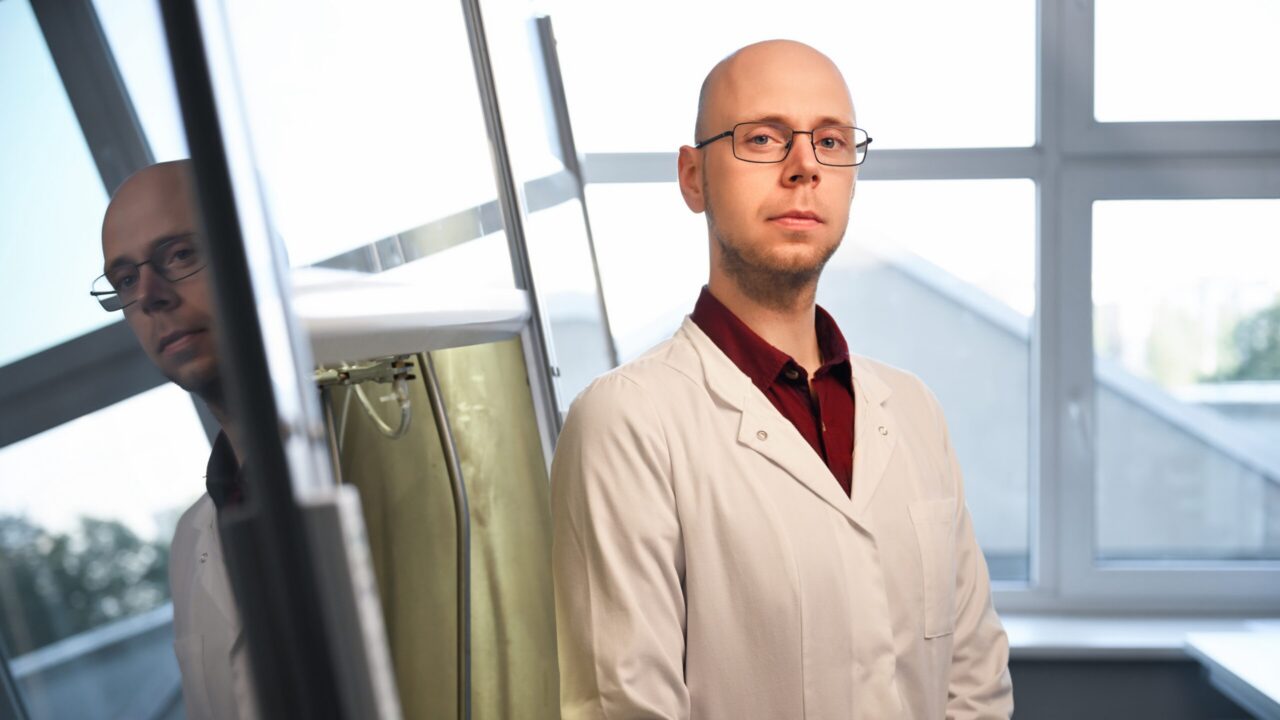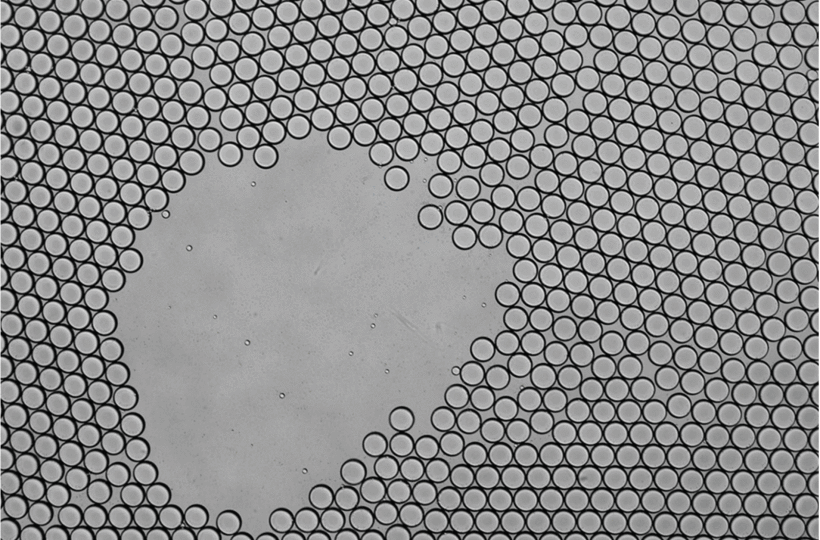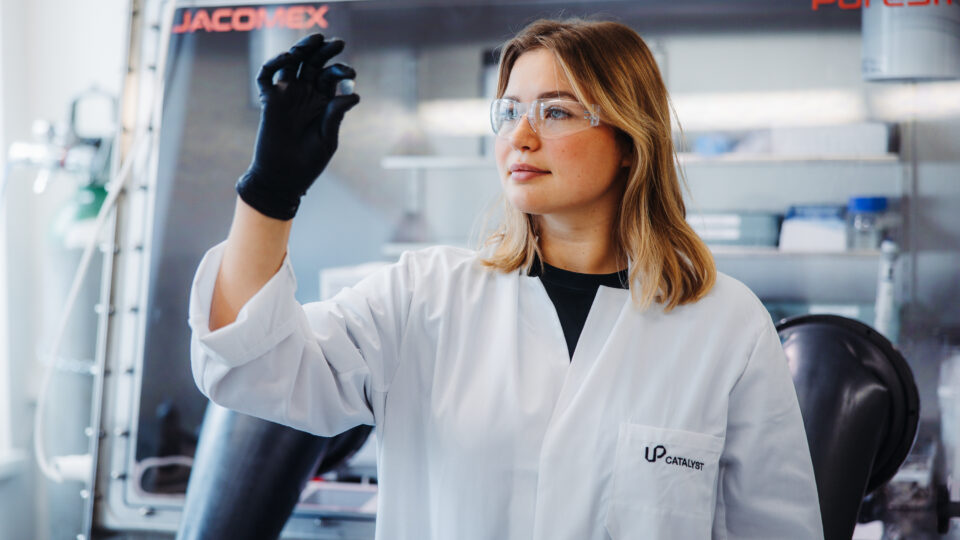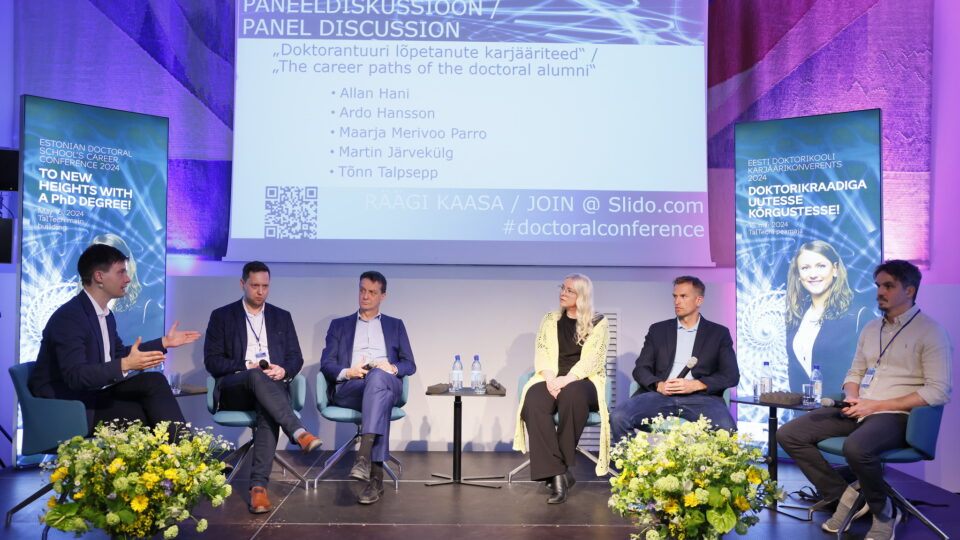In today’s global scientific landscape, there is fierce competition for research talent. Countries and universities are vying to offer the best conditions – from competitive salaries and state-of-the-art laboratories to international collaboration and support for scientists’ families. Estonia’s small and compact research environment faces the question of how to attract global talent and offer enough motivation for them to come here.
Mikk Kaasik, senior researcher at TalTech’s Department of Chemistry and Biotechnology, noted that involving international researchers is strategically important for Estonia’s scientific environment. “International researchers bring diversity to our science and help us find new solutions,” Kaasik explained, adding that each researcher who comes to Estonia brings unique experiences and perspectives. This is particularly important when tackling complex and interdisciplinary problems.
“International researchers bring diversity to our science and help us find new solutions.”
Can Estonia keep up with the big players?
Estonia’s research environment has several strengths – modern infrastructure, internationally recognized scientists, and close cooperation with foreign universities. In recent years, doctoral student remuneration has also significantly improved to align with European levels. While low pay used to be a major obstacle, this issue has now been largely resolved.
The most sought-after scientific talents are from Western and Central Europe, but attracting them to Estonia is not easy. According to Kaasik, the main obstacles are Estonia’s geographical location and modest international visibility. “Our geographical position – proximity to Russia and a harsh Nordic climate – may not seem attractive to many. In addition, the high level and achievements of Estonian research institutions and universities are not sufficiently visible to people in Western and Central Europe, especially to young scientists starting out in their careers.”
As a small country, Estonia must compete with major research hubs like Germany, France, and the Netherlands, where research funding and international opportunities are often better – or at least perceived as such. The reputation and visibility of research institutions in the global scientific arena also play a crucial role in attracting talent.
In Estonia, a scientific career is often tied to temporary projects within the academic sector, which forces researchers to constantly seek new funding sources. This creates insecurity and may be one of the reasons why some talented researchers leave Estonia. At the same time, involving international talent offers an opportunity to make the research environment more stable and competitive.
“Our geographical position – proximity to Russia and a harsh Nordic climate – may not seem attractive to many. In addition, the high level and achievements of Estonian research institutions and universities are not sufficiently visible to people in Western and Central Europe, especially to young scientists starting out in their careers.”

The project’s doctoral students won’t focus solely on theoretical research – they will tackle concrete, practical problems directly linked to the needs of both science and industry. Photo: TalTech
International research teams – new ideas, new solutions
A concrete example of attracting international talent is the Innochembio project at TalTech, funded by the European Commission and the Estonian Research Council. The project creates 15 PhD positions in the field of sustainable chemistry and biotechnology to attract young researchers from all over the world to Estonia.
A prerequisite for participating in the Innochembio project is that the young researchers must have worked outside Estonia within the last three years. “The project is part of the Marie Skłodowska-Curie programme, which has a core objective – to promote researcher mobility, knowledge exchange, and experience sharing,” explained Mikk Kaasik. Both Estonian researchers who have studied abroad and scientists from other countries are eligible to participate.
“The project is part of the Marie Skłodowska-Curie programme, which has a core objective – to promote researcher mobility, knowledge exchange, and experience sharing.”
The PhD students involved in the project do not focus solely on theoretical research but work on practical problems with direct relevance to both science and industry. For example, in collaboration with the company SafePAS, they are developing portable drug analyzers that allow for fast and reliable detection of narcotic substances. Research is also being carried out on increasing crop resilience to pests and environmental changes – an important step toward sustainable food production.
Several research groups focus on organic synthesis, where PhD students develop more efficient and environmentally friendly synthetic methods. One area of interest is solvent-free chemistry, which helps reduce the environmental impact of chemical processes. Other groups are working on analytical chemistry methods that enable real-time monitoring of reaction processes and early detection of possible issues – reducing waste and increasing efficiency.
A key factor in attracting international talent to Estonia is the project structure – every Innochembio PhD student has both an Estonian supervisor and a co-supervisor from abroad, many of whom are internationally recognized experts in their field. This dual-supervision model is a strong selling point that enhances both the credibility and visibility of the project within the global scientific community.
The project also places a strong emphasis on the practical application of scientific research. The PhD students receive more training than usual in areas such as intellectual property, entrepreneurship, and project management, supporting the commercialization of research results and broadening their career opportunities. It is hoped that some of the researchers will choose to stay in Estonia after the project, contributing to both scientific advancement and business development.
Science as a calling – and a chance to create something greater
According to Kaasik, entering the field of science is more than just a career choice for many – it is a calling and a mission. Researchers are driven by the desire to discover new knowledge, find answers to complex questions, and contribute to solving societal challenges. At the same time, the skills acquired during a PhD are not limited to academia – they are highly valued in the business world, especially in product development. “This is exactly the field where Estonia has the greatest shortage of PhD-level talent,” he noted.
Cecilia Sarmiento, who moved to Estonia from Peru in the 1990s, is a senior researcher at TalTech’s Department of Chemistry and Biotechnology and the programme director for chemistry, gene technology, and natural sciences curricula at the School of Science. When asked what Estonia could do better to attract more international students and encourage them to stay longer, Sarmiento emphasized the importance of a better welcome and stronger support. “We should help them more,” she stressed. “Integration is not easy. It is very important to communicate with them openly and to help them learn Estonian, because full integration is impossible without the language.”
“Integration is not easy. It is very important to communicate with them openly and to help them learn Estonian, because full integration is impossible without the language.”
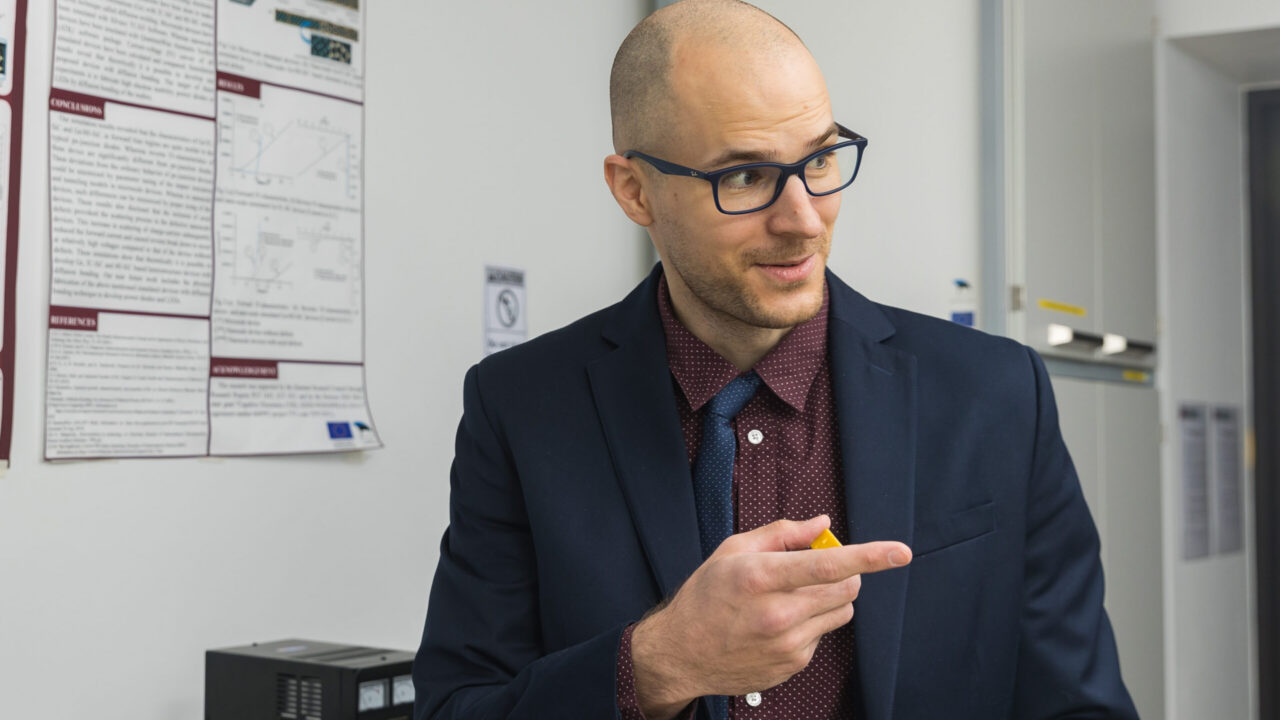
According to Tamas Pardy, senior researcher at TalTech’s Thomas Johann Seebeck Department of Electronics and head of the Cognitronics Lab, Estonia’s research environment is generally supportive, with significantly less bureaucracy thanks to digital government solutions. Photo: Arno Mikkor for Excite magazine / produced by Ekspress Meedia Special Solutions
A foreign researcher’s perspective on Estonia’s research environment
Tamas Pardy, originally from Hungary, first came to Estonia as a doctoral student and now divides his time between TalTech and the Budapest University of Technology and Economics (BME). He works as a Senior Researcher at the Research Laboratory for Cognitronics, Thomas Johann Seebeck Department of Electronics at TalTech. Like many Central Europeans, he was initially drawn to Estonia for personal reasons, but soon recognized the country’s potential as a research destination. “The research environment here is generally supportive. Bureaucracy is much easier to deal with thanks to the digital infrastructure, and the physical infrastructure is fully up to standard,” Pardy explains.
“The research environment here is generally supportive. Bureaucracy is much easier to deal with thanks to the digital infrastructure, and the physical infrastructure is fully up to standard.”
He notes that salaries in Estonia are slightly higher than in his home country, but what he appreciates even more is the local work culture. “Salaries are slightly higher than in my home country, but I like working with Estonians much more. People here are practical and don’t overcomplicate technology development,” he says.
According to Pardy, Estonia stands out internationally in fields such as cybersecurity and artificial intelligence, where both research quality and remuneration are competitive. The country’s strong startup ecosystem and ease of doing business also make it an attractive destination for entrepreneurial researchers. However, he points out that some universities in Estonia still show reluctance toward cross-institutional collaboration, especially among the older generation. “In Poland and Hungary, people are much more willing to share and collaborate,” he notes.
Asked what Estonia could do to become even more appealing to international researchers, Pardy recommends a more targeted and transparent approach. “There is a need to clearly outline what Estonia offers to different categories of researchers – from early-stage PhDs to senior experts. The digitalized bureaucracy, ease of doing business, and supportive environment all enable internationally competitive research.” He emphasizes the importance of aligning talent attraction with national goals: “If Estonia aims to have 500 deeptech startups by 2030, it should attract the kind of scientists who can drive that growth.”
“There is a need to clearly outline what Estonia offers to different categories of researchers – from early-stage PhDs to senior experts. The digitalized bureaucracy, ease of doing business, and supportive environment all enable internationally competitive research.”

